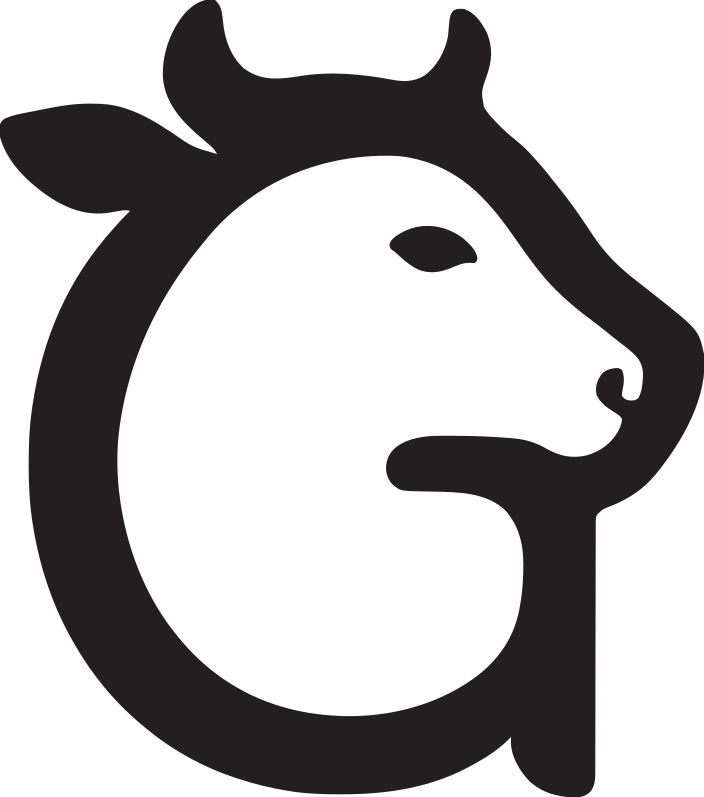Hariana Cow
Bos taurus indicus
The Hariana breed represents the epitome of versatility in Indian cattle, perfectly balancing milk production with draught capabilities. Originating from Haryana state, these robust animals have been the backbone of mixed farming systems for generations. Hariana cattle are renowned for their adaptability to various climatic conditions and their ability to perform multiple roles in rural agricultural systems while maintaining good health and productivity.

Key Highlights
Excellent dual-purpose breed for milk and draught work
Adaptable to diverse climatic conditions
Strong constitution with good disease resistance
Efficient feed conversion and hardy nature
Important role in traditional mixed farming systems
Physical & Production Characteristics
Physical Traits
Milk Production
Backbone of Haryana Agriculture
The Hariana breed evolved in the agricultural heartland of Haryana, where mixed farming systems demanded cattle that could excel in both milk production and field work. For centuries, these versatile animals have been central to the state's agricultural prosperity, pulling plows during sowing season and providing milk throughout the year. The breed gained recognition during the Green Revolution when their draught power was crucial for intensive farming operations. Today, Hariana cattle continue to be valued for their reliability and adaptability in modern farming systems.
Symbol of Agricultural Self-Reliance
In Haryana's farming culture, Hariana cattle symbolize self-reliance and agricultural completeness. These animals represent the ideal of integrated farming, where one animal serves multiple purposes, reducing dependence on external inputs. Rural families take pride in owning Hariana cattle that can work in fields during the day and provide milk for the household. The breed is often featured in folk songs celebrating the hardworking nature of both farmers and their cattle companions.
A2 Milk Health Benefits
Hariana Cow produces superior quality A2 milk with numerous health advantages
Balanced nutrition suited to working families' needs
Good protein content supporting physical labor
Traditional uses in rural Haryana households
Natural energy-boosting properties
Digestible proteins supporting active lifestyles
Regional taste preferences and cooking compatibility
Conservation Status
Current Threats:
- •Mechanization reducing demand for draught animals
- •Preference for specialized dairy breeds
- •Crossbreeding affecting pure breed characteristics
Conservation Efforts:
- •State government breed development programs
- •Integration in sustainable farming initiatives
- •Gomini conservation through adoption programs
- •Research on dual-purpose breeding strategies
Geographic Distribution
Help Preserve the Hariana Cow Heritage
Join thousands of families in conserving India's sacred indigenous breeds through Gomini's cow adoption program
